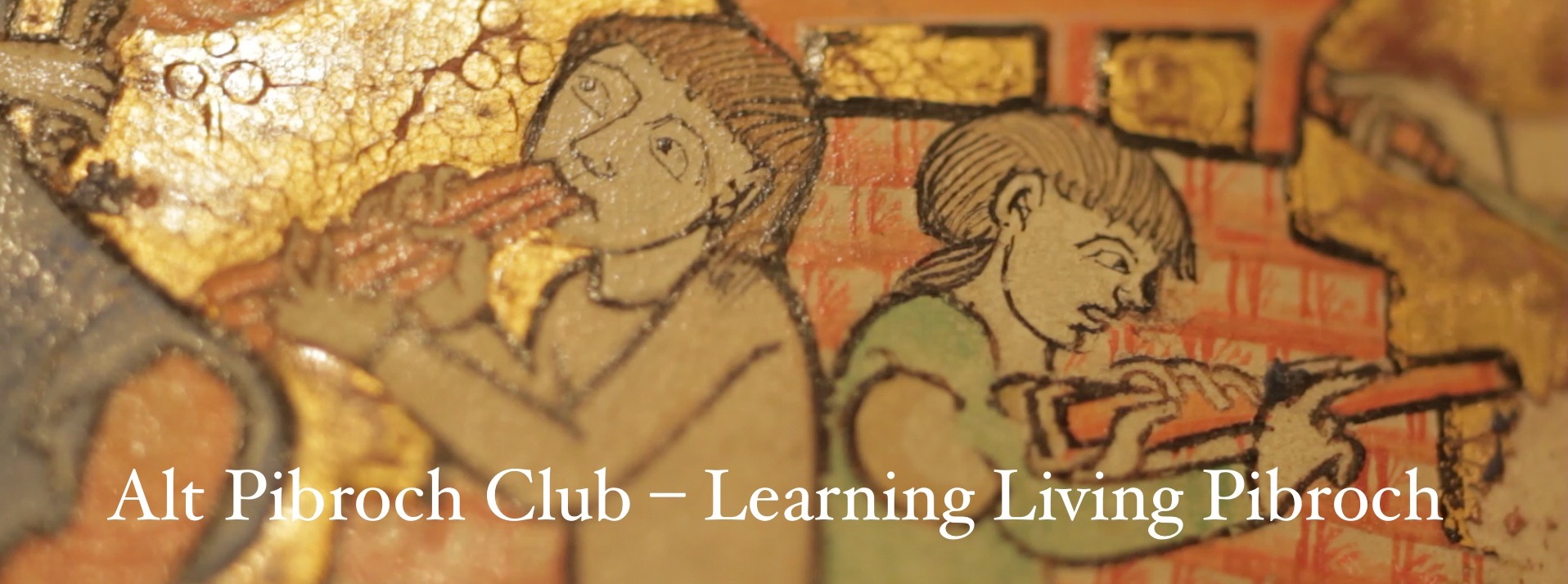Urlar refrains are transformative.
Put them back.
To not play them is to facilitate and perpetuate a profoundly sad development in the history of our music: their absence is the result of a requirement made by a non-piping producer of entertainments (a Mr. J.G. Dalyell, to be exact) who saw them as taking up time unnecessarily, jeopardizing the timing, and hence success of his program.
Many stewards today might feel empathetic to his plight (to be fair, tuning regularly takes up as much, if not more time than would the reintroduction of the urlar refrain), but the fact of the matter is: pibroch songs* had choruses. Choruses provided a framework within which the variations could be (or deliberately not be) played.
Urlar refrains allow a performer to construct a performance, without being slavishly beholden to all the possible variations that were ever assembled by the transcribers and editors: Remember, transcribers were attempting to document what was going to be lost to faded memory - it is not necessarily the case that a performer played all the movements transcribed, nor did a performer do so in a set order. Within the structure of the urlar refrain, a performer could try out a cycle and return. Then try another cycle and return.
Do similarly, and you will finally hear what pibroch is really supposed to sound like.
